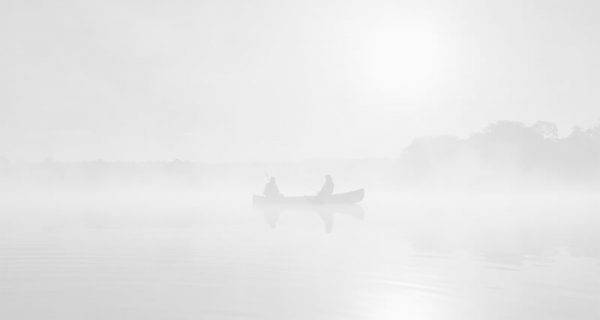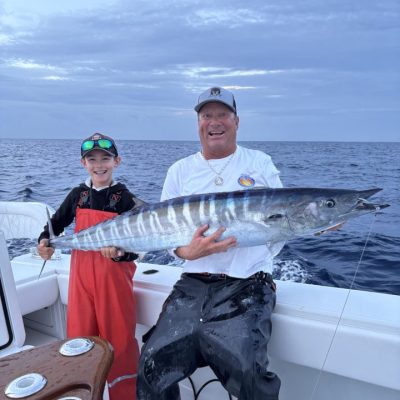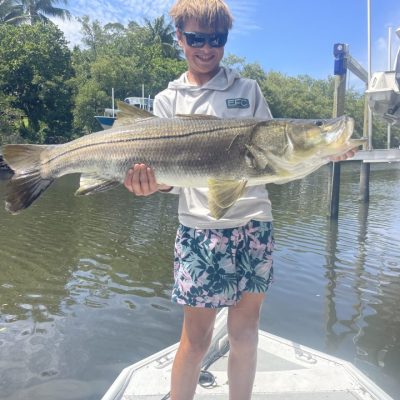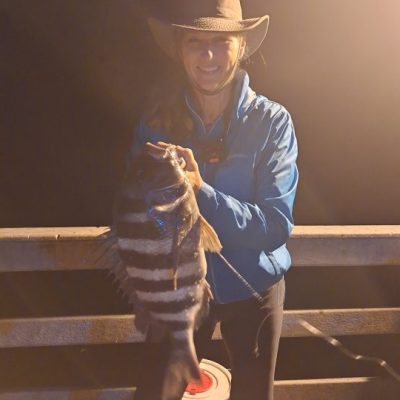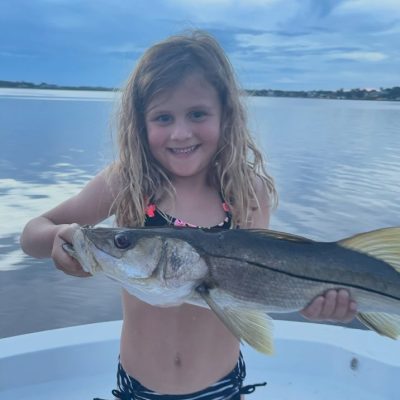Conservation
Environmental and waterway news.
Latest in Conservation
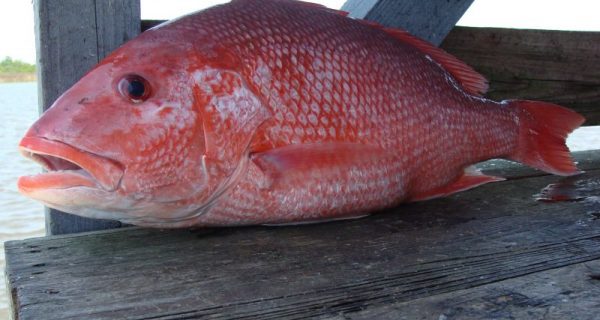
Recreational harvest of red snapper to reopen Dec. 8, 9 & 10, 2017
Recreational harvest of red snapper in South Atlantic federal waters will reopen for three days in December 2017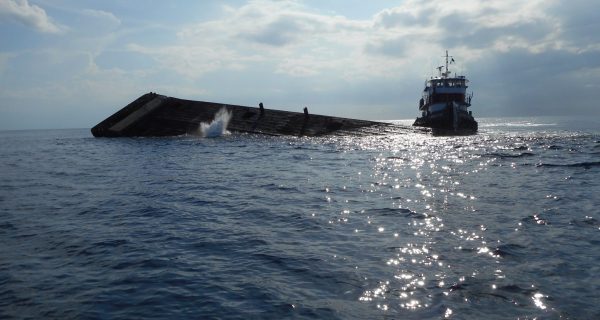
St. Lucie County Artificial Reef Program: Recovery from Hurricane Irma
Hurricane Irma showed the effectiveness of the Indian Hills Stormwater Treatment Area (STA) in cleaning stormwater...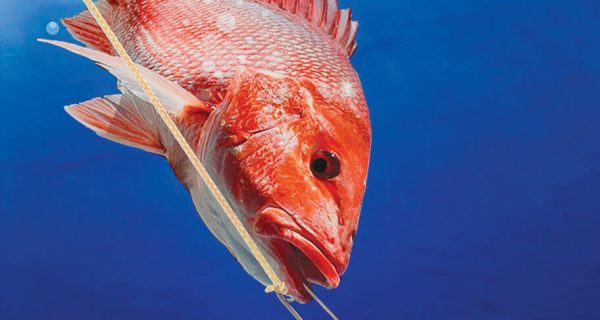
Red Snapper Season Returning to the Atlantic?
Recreational limit would be a fish per person a day. The recreational sector is allocated 71.93 percent of the total catch limit of 42,510 fish for 2017.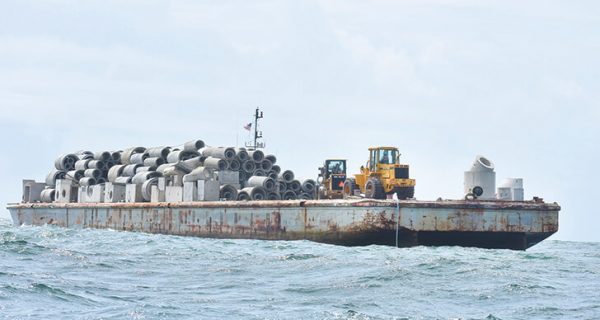
Reef Beefed Up Off Brunswick County
More than 1,600 tons of concrete pipe were recently added to an artificial reef to beef up recreational fishing off Brunswick County’s coast.
FWC Announces Lionfish Challenge Winners
Winners have been chosen! A grand total of 26,321 lionfish were removed from Florida waters as part of the four-month challenge.